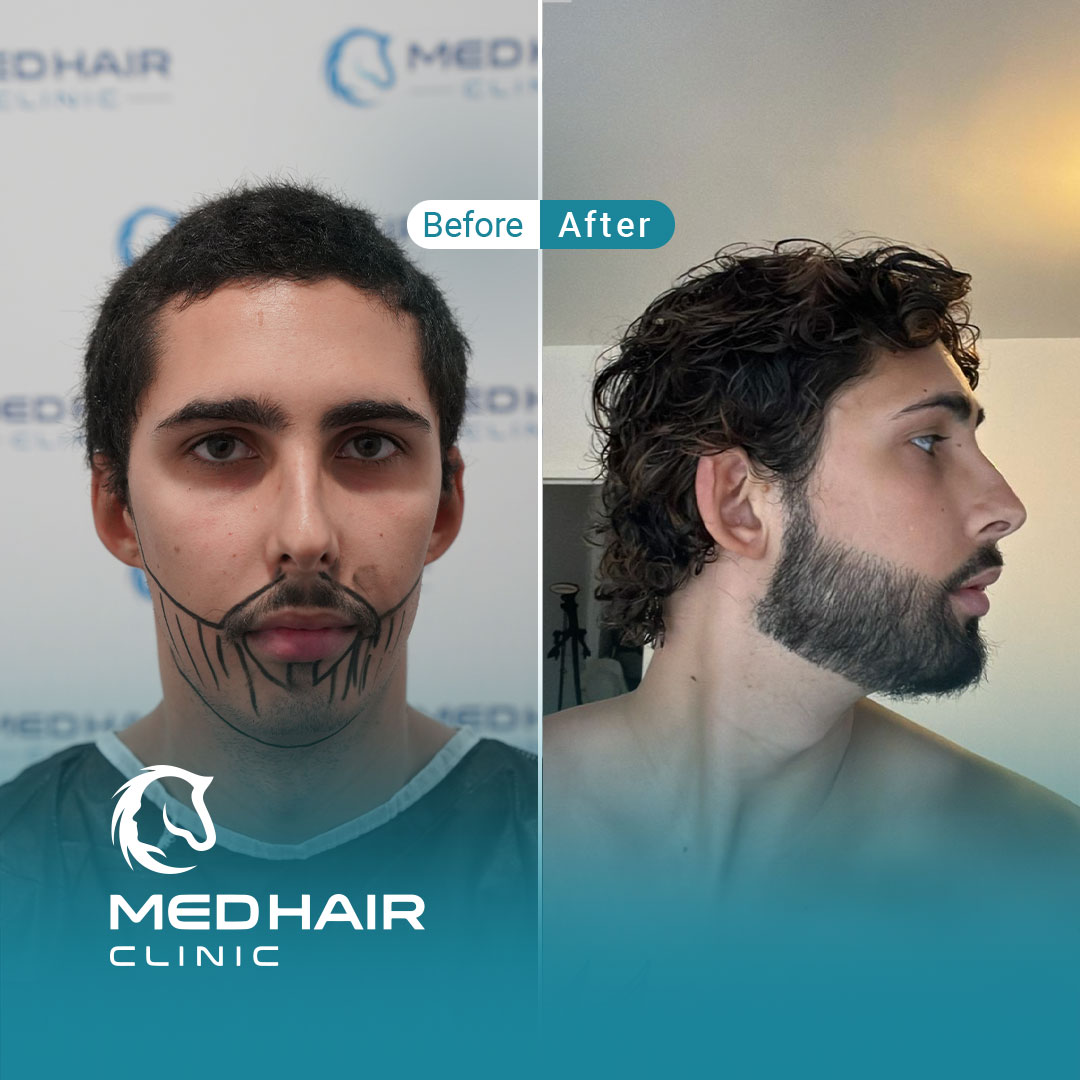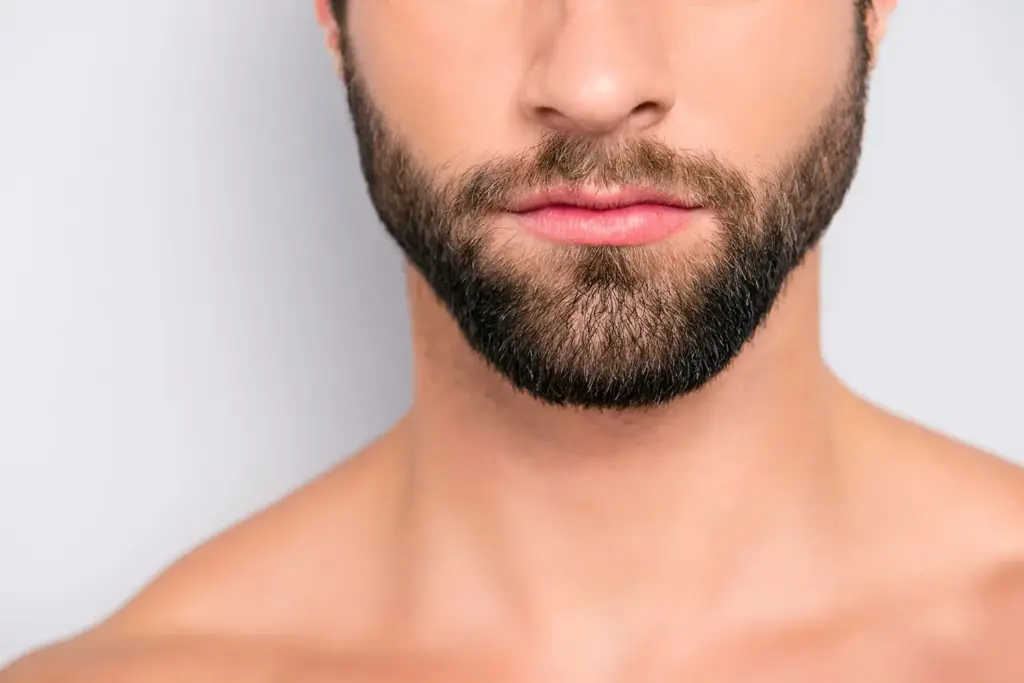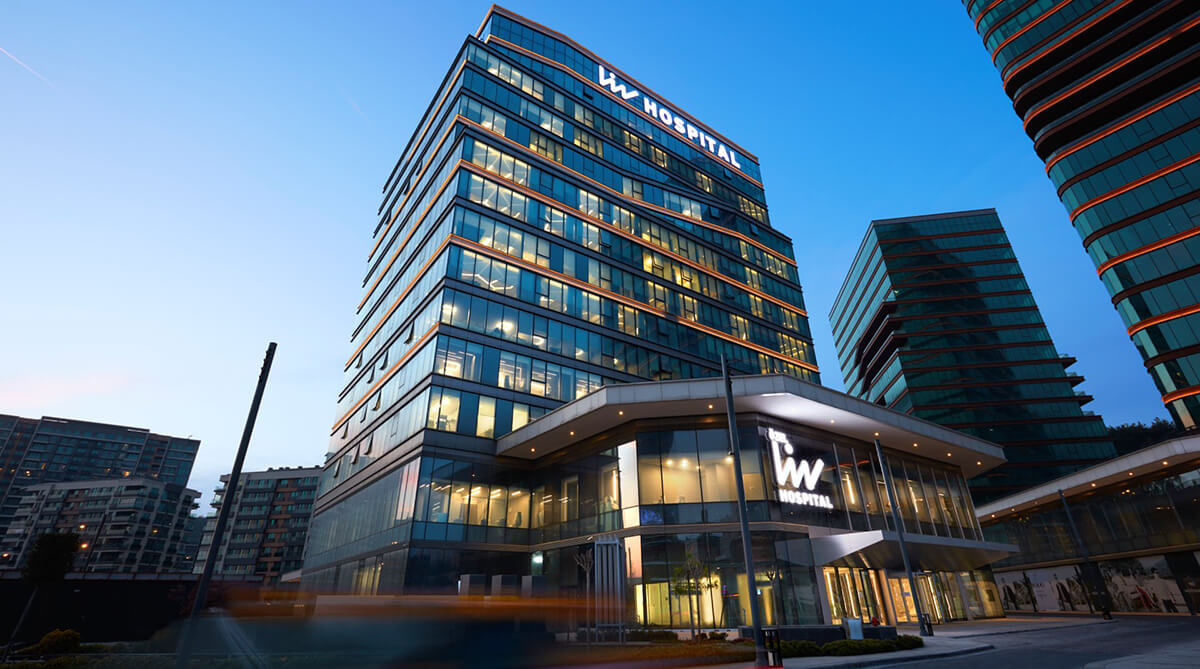Home » Beard Transplant Turkey
Beard Transplant in Turkey – Your Path to a Fuller Beard
Beard transplantation is a procedure that has begun to experience more demand in recent years. This is done by transplanting the hair follicles taken from the scalp to places where hair is sparse in the beard and moustache of the men.
Beard transplantation can be done in hairless areas that are this way due to genetics or trauma, burns, and infections. The beard is not like hair. Everybody has different density. Therefore, beard transplantation is done differently for everyone. This procedure is completed within a few hours under local anaesthesia. Patients can obtain natural-looking beards without feeling pain. In the planning for beard transplantation, the condition of the patient is evaluated and the hair roots collected from the nape region are separated and implanted to the beard region.
Many of the patients who undergo beard transplantation complain of the problem of sparse beards. Care is taken to ensure that the hormones of the patients have reached a certain level in order to perform the transplantation. Therefore, we can say that beard transplantation can be done from the age of 20-22. Apart from this, people who like the appearance of long beard may want to undergo a beard transplant to complete their missing and irregular beard. In other words, beard transplant is a feasible process for those who have no beard and those with a sparse beard.

Beard for men is like an accessory on the face
The importance of beard for men makes it an integral part of their appearance. A man with a desirable beard is also happy with his life. However, this satisfaction is not always possible. Beards can become a major source of trouble for men when they are not at the desired density or when they never come out. In society, men are seen with beards, which affects the men’s approach towards their own beard.
There can be a variety of reasons behind this problem. The appearance of beards is related to male hormones. It could be caused by genetic factors, diseases, sometimes accidents, scars, etc. Even puberty acne can have an effect on this. This can become a considerable problem for men who care about their beard. Because in our society, beard is considered as an image symbolizing masculinity.
How Does a Beard Transplant in Turkey Work?
The grafts can be extracted either using the FUE technique or the DHI method, depending on which of the two has been chosen. With the DHI method, the so-called Choi Pen is used, unlike in a FUE beard transplant. Neither technique leaves visible scarring. The hair follicles extracted from the donor area are genetically resistant to hair loss, which enables the long-term growth of a natural and dense beard.
The grafts are then carefully implanted into the bald areas. Both the beard and mustache are treated, in all areas where hair growth is insufficient. This crucial step is carried out by our experienced teams, who work with microscopic precision and take into account the growth direction and natural angle of the beard hairs – for a well-balanced and natural-looking result.
At Medhair, we place great importance on post-operative care. Our medically specialized team will provide you with thorough advice and attentive aftercare to ensure optimal healing and successful growth of the transplanted hair follicles. Dr. Vedat Tosun’s medical team will be at your side throughout the entire growth process and will guide you step by step to the final result.

How Does the Beard Develop After a Transplant?
Depending on your individual physical characteristics and specific skin type, the healing process may take a bit longer. You should ensure the transplanted area is fully healed and any sensitive spots have disappeared before shaving again.
Around three weeks after the procedure, the transplanted grafts will begin to fall out — this is completely normal and is known as “shock loss.” The new beard hairs will start to grow back healthy and strong.
Just three months after the operation, the transplanted hair follicles will take root and begin to grow like your natural beard hairs. After 12 months, you can look forward to seeing the final results.
How Much Does a Beard Transplant Cost in Turkey?
Compared to a beard transplant in Germany, a beard transplant in Turkey is significantly more affordable. In Germany, you can expect to pay from €2,000 for smaller touch-ups, while a full, dense beard can cost €6,000 or more. Factors such as the number of grafts and the desired beard coverage influence the pricing.
At Medhair, a beard transplant in Turkey using the advanced DHI method costs only €2,990. This price includes an all-inclusive package with accommodation in 4- or 5-star hotels, airport transfers, clinic transfers, and a German-speaking assistant to help with translation.
Who Is a Suitable Candidate for a Beard Transplant in Turkey?
A good candidate for a beard transplant has healthy donor hair, typically taken from the back of the head. If the hair follicles in this area are strong, you are most likely suitable for the procedure. Experts generally recommend undergoing a beard transplant only after the age of 22.
A medical history and background check of your health condition allow us to assess potential issues, such as heart conditions or hormonal disorders, which in some cases may make a beard transplant in Turkey unsuitable. Our experienced team will ask you several questions regarding your medical history to ensure you meet the requirements for the procedure.
Beard Transplant at Medhair - Your Path to a Full Beard
The Medhair Clinic is one of the leading hair transplant clinics in Turkey. Dr. Vedat Tosun and his team, well known in the German media, have performed over 14,000 procedures. With precision, expertise, and experience, we treat our patients using only the advanced DHI and FUE techniques to achieve the best possible results.
Our location in Liv Hospital Vadistanbul couldn’t be better, as this private hospital is considered one of the best in Turkey. Liv Hospital is accredited by the Joint Commission International (JCI) and certified according to German and European standards, such as TÜV Süd and ISO. Your beard transplant in Turkey will be carried out under the highest quality standards in this renowned clinic.
Make your dream of a full beard come true – contact us today. We’ll organize your stay and make it as convenient and comfortable as possible. The central location of our 4- or 5-star hotels invites you to explore the beautiful city of Istanbul during your free time.

Frequently Asked Questions

Request for a Free Consultation
The Medhair Clinic team is made up of experienced and highly experienced physicians, all experts in hair transplantation. We use the latest technologies to deliver the best possible results that our patients can trust. Leave us your contact information and we will get back to you as soon as possible.
 Deutsch
Deutsch Türkçe
Türkçe Français
Français Español
Español Portuguese
Portuguese Italiano
Italiano English
English